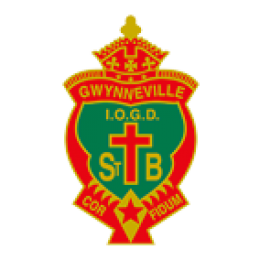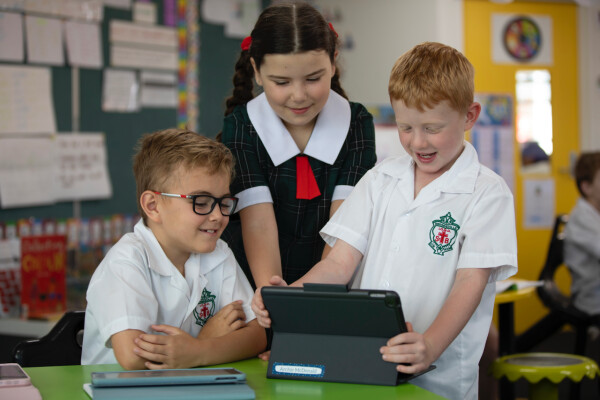
St Brigid’s Gwynneville
A Catholic Parish Primary School
 St Brigid’s Catholic Primary School, Gwynneville is registered by the NSW Education Standards Authority (NESA) and is subject to its curriculum requirements. NESA sets and monitors quality teaching, learning, assessment and school standards. It is also responsible for developing Kindergarten to Year 12 syllabuses for NSW schools.
St Brigid’s Catholic Primary School, Gwynneville is registered by the NSW Education Standards Authority (NESA) and is subject to its curriculum requirements. NESA sets and monitors quality teaching, learning, assessment and school standards. It is also responsible for developing Kindergarten to Year 12 syllabuses for NSW schools.
The NSW curriculum includes the Key Learning Areas (KLAs) of:
In addition at St Brigid's, a course in Religious Education is taught in theory and practice.
Each KLA includes syllabuses that are inclusive of the learning needs of all students.
Syllabuses identify:
The primary (K-6) curriculum is organised into four Stages of learning:
|
Early Stage 1 |
Kindergarten |
|
Stage 1 |
Year 1 and Year 2 |
|
Stage 2 |
Year 3 and Year 4 |
|
Stage 3 |
Year 5 and Year 6 |
Most students will be working towards the outcomes for their Stage. Some students will be working towards outcomes that are above or below their Stage.
For more information on the NSW curriculum, visit the NESA website.
Our contemporary learning approach is personalised, responding to the learning needs, interests and experiences of each student. Contemporary learning is different to the way many parents of today’s students were taught. It offers teachers and students many more options than the old textbook driven approach to teaching. Contemporary learning aims to empower students with the knowledge, skills and capacities to respond creatively to the challenges of their world.
Learners thrive in environments that are safe, supportive and secure. Flexible and intentionally developed learning environments encourage innovation and inquiry and help create a sense of belonging and purpose that strengthens the learning culture. These environments are stimulating and appropriately resourced. They promote high expectations and respect diversity and difference, facilitating learning for all students. Flexible / Adaptive learning environments have no conventional boundaries because, being Information, Communication and Learning Technologies (ICLT)-rich, they are connected to the world beyond the classroom.
Personalised Learning is the tailoring of pedagogy, curriculum, and the learning environment to meet the needs and aspirations of individual learners. In personalised learning settings—which happen inside and outside the classroom—teachers assess students’ strengths and needs in order to better align their teaching with each student’s learning style and interests while maintaining high standards.
In a personalised setting….
Teachers use the Australian Curriculum to plan rigorous teaching and learning programs that are respectful of their students’ age. When personalising the learning for students, the teachers:
Did You Know: St Brigid's is committed to working in partnership with families and community in welcoming Aboriginal and Torres Strait Islander students – supporting them to reach their full potential and to embrace their culture and identity. Read more here